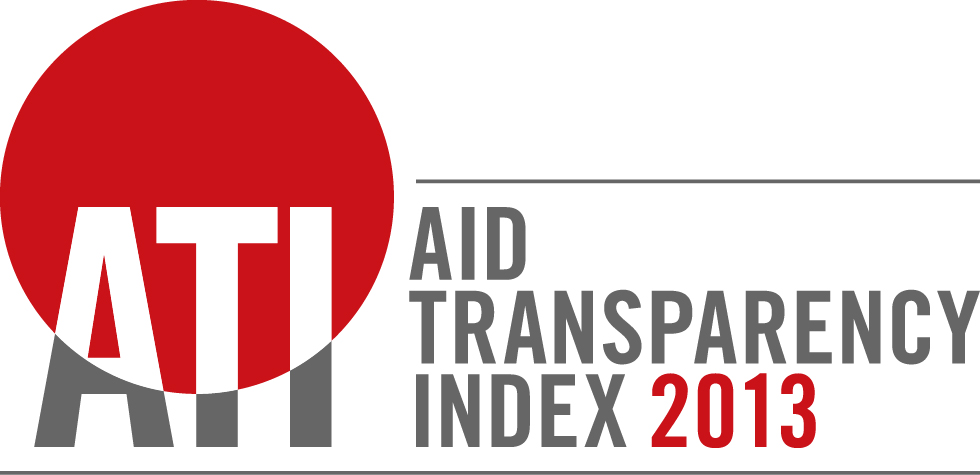A new approach to donor selection
Every year we produce an Aid Transparency Index in order to assess the state of aid transparency among the world’s major donors. And every year we are faced with the question of which organisations to include.
In previous years organisations were selected on the basis of their membership of the OECD DAC or IATI. Additional donors were included in 2011 and 2012 in order to test the methodology and begin to assess new flows, such as south-south cooperation (Brazil, China), and climate finance. This year, and partly as a result of the wider methodological changes we’re making, we wanted to hold down the number of donors to ensure our work remains sustainable.
We also wanted to have a more precise approach to donor selection, rather than the evolutionary approach that we adopted in previous years. In an ideal world, we’d like to rank all providers of development cooperation, but we’re a small team and we can’t assess all the 200+ organisations this would include. Given our size, we think we pack a pretty good punch.
In 2013, there are three major factors we take into account when deciding which donors we should assess. Donors are typically chosen based on:
- Their size (amount of ODA given);
- Their role as the main aid agency (e.g. AusAID);
- Their role as an institution to which organisation-wide transparency commitments apply (e.g. members of the G8 or all EU Member States).
Some countries give aid from a large number of institutions, so it would not be appropriate to simply rank one institution and not others. Some agencies are also improving in response to government-wide transparency commitments (such as in the UK), or through a whole-of-government approach to transparency (such as the U.S. agencies) and we want to monitor and highlight the work that agencies are doing to meet these broader commitments.
Organisations we’re not including in 2013
We are not including the UK’s CDC in this year’s Index, although we have done in previous years, because it didn’t satisfy points 1 and 2 of the new criteria. CDC published to IATI a year ago, but the data is not particularly useful – it is aggregate information reflecting the total amount to each country or region in each sector. This IATI data was taken into account in the 2012 Index which assessed CDC’s aid transparency as poor – mainly because we couldn’t find detailed activity level information. More useful information from CDC would show the amount being committed to each fund, and the amount that each fund had drawn down on the initial commitment.
We’re also not including Korea’s EDCF because they do not meet the same two selection criteria. In 2012, EDCF performed moderately in the Index, and had a reasonably complete online projects database. This data could be a good basis for working with KOICA and the Korean Ministry of Foreign Affairs and Trade to begin IATI publication.
Climate finance funds are relatively small right now, but they’re expected to grow. In the 2012 Index, we included the UK’s Department for Energy and Climate Change (DECC), the Adaptation Fund, the Clean Technology Fund and the Global Environment Facility (GEF). These four providers of climate finance were included primarily to test the methodology and to complement the report we were researching at the time focusing on climate finance transparency.
We’ve not included these climate funds in 2013, partly because we have limited capacity to assess so many different organisations, and partly because we feel a better assessment of climate funds would include more institutions in order to be truly reflective of the state of climate finance transparency. CGD and Brookings have been looking at ways to assess climate finance contributions (see their latest report here). We’d like to do more work on climate finance transparency in the future, especially as these flows are likely to scale up significantly in the next few years and potentially overtake aid flows.
DECC began publishing to IATI last year and they have some interesting data, including project documents. A key recommendation for DECC would be to ensure that, as the International Climate Fund scales up, DECC’s publication approach enables it to continue to publish high quality data. The Adaptation Fund and GEF signed IATI earlier this year and we’re excited to see their publication begin in the near future.
Finally, we included the Hewlett Foundation in previous years as it was a founding IATI signatory, and the second organisation to publish to IATI. Given the size of Hewlett’s international programmes, it doesn’t meet the threshold for inclusion in the Index this year. However, we can see that Hewlett regularly publishes good, frequently updated data for all their programmes. Full disclosure: the Hewlett Foundation is a funder of Publish What You Fund.
Assessing other organisations in future
We would love to be able to include more bilateral ministries and agencies that spend aid – especially in countries where many such bodies are involved – and we included Germany’s Foreign Office in this year’s Index for the first time, as we had done the same in France, the UK and U.S. But again, it’s a capacity issue. We think we’ve struck a better balance this year.
If you think the aid transparency of other organisations should be assessed (either in our Index or elsewhere), then please get in touch. We’re happy to talk about our approach and the tools we’ve developed. Our new data collection platform, the Aid Transparency Tracker, is open-source and free to use, so you can take our source code and deploy it when you’d like – you don’t need to ask, although of course it would be great to hear about the work you’re doing and what other features you’d find useful.
The 2013 Index will be launched in Washington D.C. on October 24th. Keep an eye out for the results and this year’s ranking on our new Index website – also being launched on the 24th.


